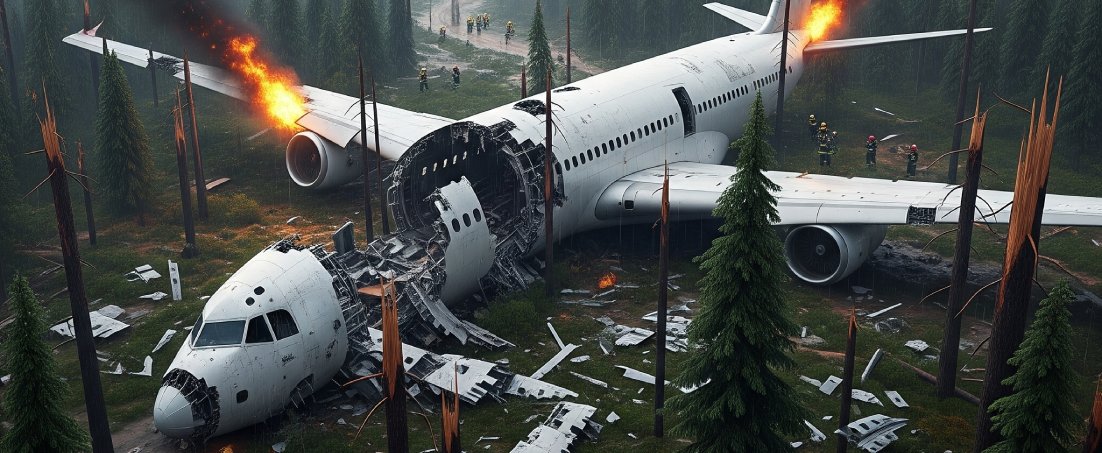Top Airplane Crashes That Changed Aviation Forever

Modern air travel is extraordinarily safe — in fact, it’s one of the safest ways to get from point A to point B. But this safety hasn’t come by chance. It is the product of decades of engineering progress, regulatory reform, and, tragically, lessons learned from devastating accidents.
Some crashes not only shocked the world but also directly led to life-saving changes in the way airplanes are built, flown, and maintained.
Here are the aviation disasters that shaped the modern sky.
Location: Lakehurst, New Jersey, USA
Aircraft: LZ 129 Hindenburg (Airship)
While not an airplane, the Hindenburg explosion marked the end of the passenger airship era. On May 6, 1937, the German hydrogen-filled airship caught fire while docking, killing 36 people.
Legacy: Hydrogen was abandoned for passenger craft, shifting the focus toward heavier-than-air aircraft for long-distance travel.
Location: Tenerife, Canary Islands
Aircraft: Two Boeing 747s (KLM & Pan Am)
In heavy fog and amid communication misunderstandings, two fully loaded 747s collided on the runway, killing 583 people — still the deadliest accident in aviation history.
Legacy: Standardized radio phraseology, Crew Resource Management (CRM) training, and stricter runway safety procedures became mandatory worldwide.
Location: Mount Takamagahara, Japan
Aircraft: Boeing 747SR
A faulty rear pressure bulkhead repair caused explosive decompression and loss of control, killing 520 people.
Legacy: Stricter oversight of aircraft structural repairs and maintenance inspections.
Location: Lockerbie, Scotland
Aircraft: Pan Am Flight 103 (Boeing 747)
A terrorist bomb destroyed the plane mid-flight, killing 270 people.
Legacy: Enhanced baggage screening, passenger–luggage matching, and heightened international aviation security.
Location: Sioux City, Iowa, USA
Aircraft: McDonnell Douglas DC-10
A catastrophic engine failure destroyed all hydraulic systems. The crew managed a partial crash-landing, saving 185 lives out of 296 onboard.
Legacy: Greater system redundancy, better crew emergency coordination training.
Location: Atlantic Ocean
Aircraft: Airbus A330
Iced-over speed sensors triggered confusion in the cockpit, leading to a stall from which the crew never recovered. All 228 onboard died.
Legacy: Improved pitot tube designs and renewed emphasis on manual flying skills.
Location: Disappeared over the Indian Ocean
Aircraft: Boeing 777-200ER
Its disappearance remains one of aviation’s greatest mysteries.
Legacy: Global aircraft tracking requirements, improved locator beacons, and satellite surveillance integration.
Location: Near Bishoftu, Ethiopia
Aircraft: Boeing 737 MAX 8
A malfunctioning MCAS system caused the second fatal crash of the 737 MAX in less than five months.
Legacy: Worldwide grounding of the MAX fleet, major software redesign, and stricter aircraft certification processes.
Every one of these disasters led to direct changes in aircraft design, pilot training, maintenance procedures, or air traffic control systems. The airliners we board today — from their advanced flight computers to their reinforced cockpit doors — carry the safety DNA born from these lessons.
Aviation safety has been built on both triumph and tragedy. While the industry’s record today is extraordinary, it’s important to remember the cost at which that safety was achieved. The legacies of these accidents live on in every safe landing, every successful flight, and every passenger who reaches their destination without incident.